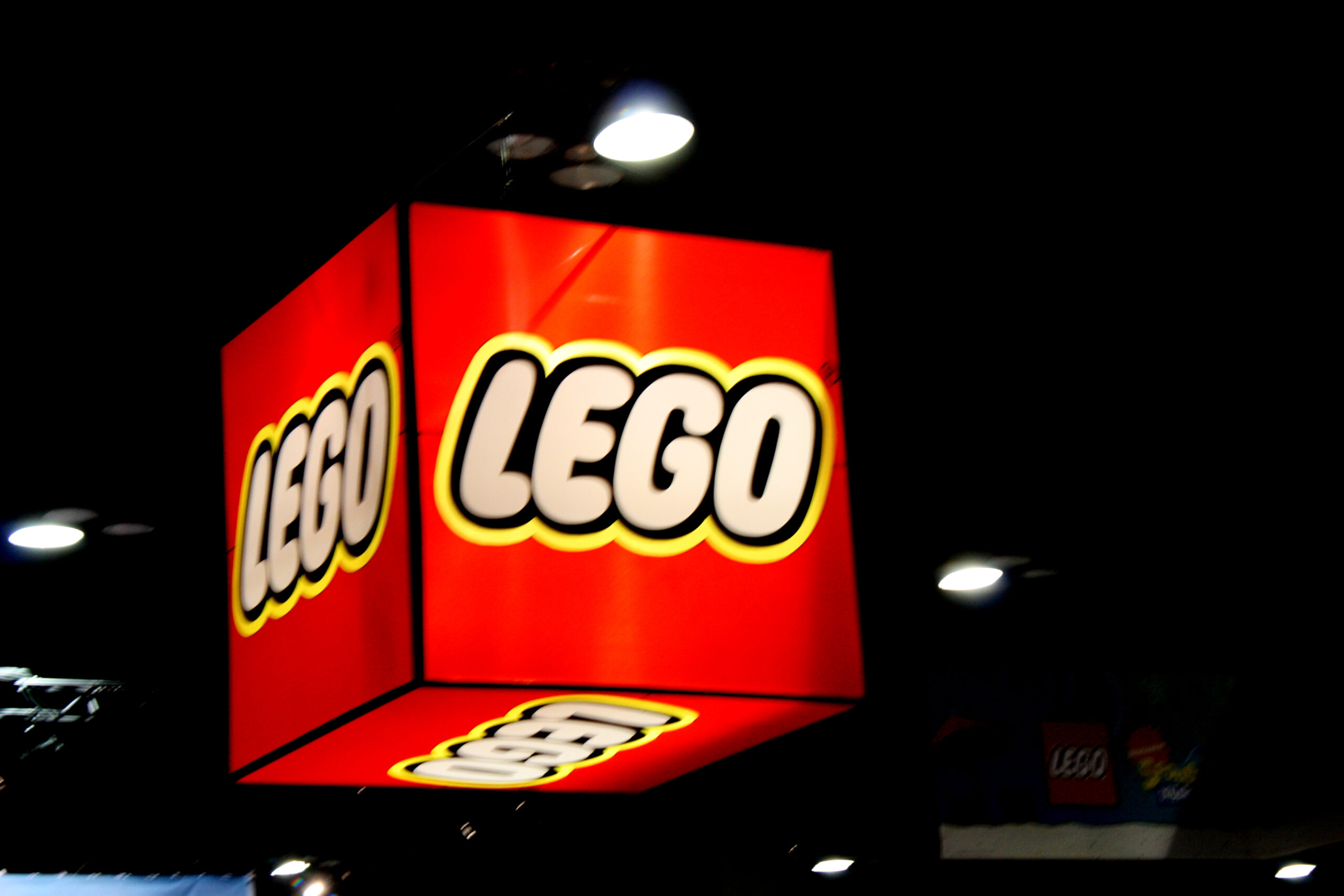
Lego has taken a significant step in its commitment to environmental sustainability by opening a $1 billion factory in Vietnam. Located in the industrial area of Binh Duong, near Ho Chi Minh City, this factory aims to operate entirely on clean energy by 2026. It marks the Danish company’s sixth global manufacturing facility and second in Asia, focusing on using high-tech equipment to produce Lego bricks for Southeast Asia’s growing markets.
Clean Energy and Environmental Goals
This factory will set a strong example for sustainable manufacturing, with an energy-efficient design and an emphasis on using renewable energy. Lego’s CEO, Niels Christiansen, emphasized the importance of preserving the planet for future generations, stating that the company’s target is to stop adding greenhouse gases by 2050, with an interim goal to reduce emissions by 37% by 2032. The factory also includes 12,400 solar panels and an energy storage system to help minimize its carbon footprint.
The factory, which spans 62 soccer fields, is a significant part of Lego’s effort to reduce its reliance on oil-based plastic and transition to renewable materials for its iconic bricks. While the company continues its search for sustainable alternatives, it is investing in renewable energy initiatives and aiming for long-term environmental gains. The factory will also help boost local economies, as it is expected to employ thousands of skilled workers, trained in Lego’s other factories around the world.
Energy Storage and Efficiency
To ensure a steady supply of clean energy, Lego has partnered with clean energy producers through a direct power purchase agreement (DPPA), which allows the company to buy solar and wind power directly. Additionally, the energy storage system will store excess energy generated during daylight hours, ensuring continuous power for the factory.
The move is aligned with both Lego’s and Vietnam’s climate goals. Vietnam has set its target for net-zero emissions by 2050, and the Lego factory will play a role in demonstrating the feasibility of sustainable, profitable manufacturing. The new facility is a crucial step towards Lego’s ambition to make its operations greener, providing a model for the industry to follow.
Author’s Opinion
Lego’s commitment to environmental sustainability, especially in its new Vietnam factory, is a critical move for the toy industry. It shows that large companies can balance profitability with ecological responsibility. However, it’s not enough to merely reduce emissions—companies like Lego need to ensure that their entire supply chain, including raw material sourcing, is sustainable. As consumers become more environmentally conscious, there will be increasing pressure on other manufacturers to follow suit, and it’s encouraging to see companies like Lego leading the charge.
Featured image credit: Wikimedia Commons
Follow us for more breaking news on DMR
